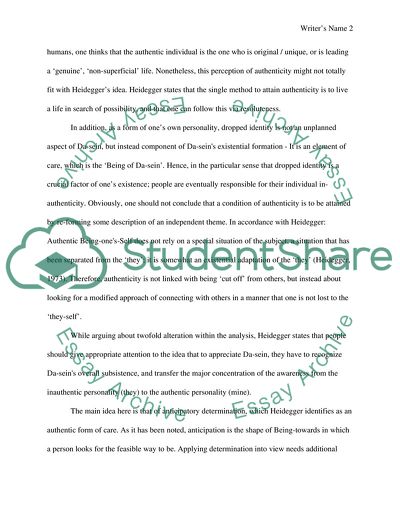Cite this document
(Heideggers Thought of Authenticity Essay Example | Topics and Well Written Essays - 1250 words - 4, n.d.)
Heideggers Thought of Authenticity Essay Example | Topics and Well Written Essays - 1250 words - 4. https://studentshare.org/philosophy/1827855-existentialism
Heideggers Thought of Authenticity Essay Example | Topics and Well Written Essays - 1250 words - 4. https://studentshare.org/philosophy/1827855-existentialism
(Heideggers Thought of Authenticity Essay Example | Topics and Well Written Essays - 1250 Words - 4)
Heideggers Thought of Authenticity Essay Example | Topics and Well Written Essays - 1250 Words - 4. https://studentshare.org/philosophy/1827855-existentialism.
Heideggers Thought of Authenticity Essay Example | Topics and Well Written Essays - 1250 Words - 4. https://studentshare.org/philosophy/1827855-existentialism.
“Heideggers Thought of Authenticity Essay Example | Topics and Well Written Essays - 1250 Words - 4”. https://studentshare.org/philosophy/1827855-existentialism.


